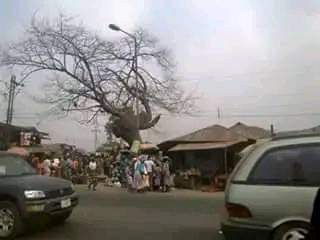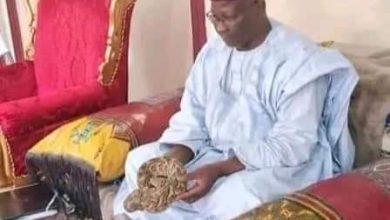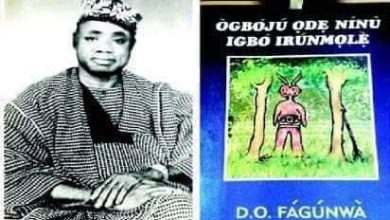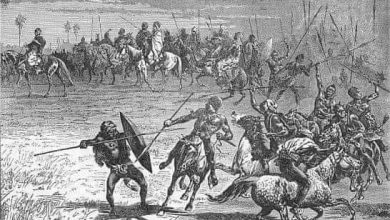The history of Oje market in ancient city of Ibadan

According to the Gbonka of Ibadan, the market has been there since 1884 during the reign of Oba Oluyole. The name, Oje is derived from a town not far from Ijeru near Ilorin where many people were living in the 1800s. But when war broke out with the Fulani the inhabitants were scattered and from there they migrated to Ibadan. He continued: “In order to know where these people should stay, they consulted an oracle, which instructed their leader to put all their sacrificial materials in a mortar and continue going round Ibadan Town until he is tired. Thus, the leader obeyed the instruction and when he could no longer carry the heavy load of the mortar and its contents he stopped at Idi Ayunre.
Later, they continued and got to a place where they cleared the bush and saw cowry’ shells, lead, and tubers of yam among other things. Shocked to have discovered (Oje) lead, it reminded them of their roots where they came from (Oje not far from Ijeru near Ilorin). They then named the place after their former place, and called it Oje Market. Today the people who later inhabited Oje Town near Ilorin observe Oje festival every year.
The Oyo, Ilorin, Iseyin, Ogbomoso, Iwo, Offa- Ile and other Yoruba -speaking people later were coming down here to sell their hand-woven clothes. The market then became a meeting point for business transactions of native Yoruba clothings not only in Yoruba land but in Africa as a whole as traders come from Cotonou, Togo, Ghana, among others.”
He said most people who claimed to be Ibadan indigenes are not from Ibadan, “ I can tell you authoritatively that 90per cent of those claiming to be Ibadan are from Oyo, Ilorin, Iseyin, Ogbomoso, Iwo, Offa- Ile and other neighbouring Yoruba- speaking towns. In fact, the first medical doctor in Ibadan, Dr Agbaje is not from Ibadan,” he said authoritatively.






 as a footballer and also as an athlete.
as a footballer and also as an athlete.